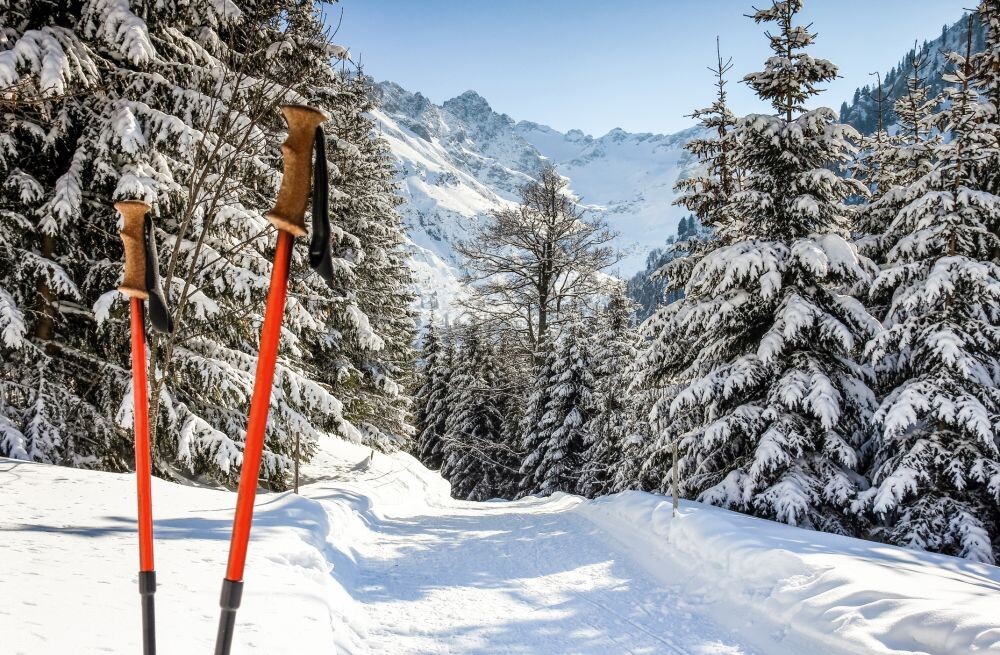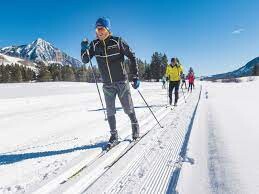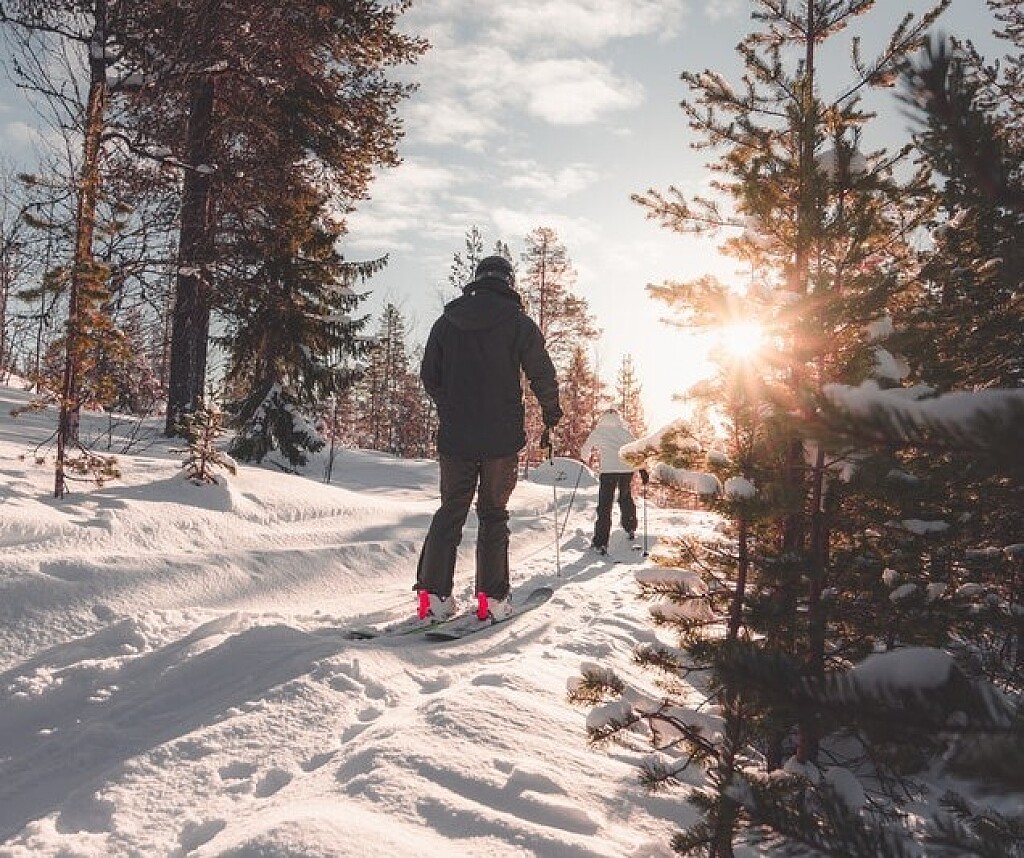Running News Daily
Running News Daily is edited by Bob Anderson. Send your news items to bob@mybestruns.com Advertising opportunities available. Train the Kenyan Way at KATA Kenya and Portugal owned and operated by Bob Anderson. Be sure to catch our movie A Long Run the movie KATA Running Camps and KATA Potato Farms - 31 now open in Kenya! https://kata.ke/
Index to Daily Posts · Sign Up For Updates · Run The World Feed
Five reasons runners should try cross-country skiing
Running in the winter is hard (and sometimes near impossible), which is why many runners turn to cross-training when the weather gets frosty. If you’re in a part of the country that’s blanketed in snow from now until April, cross-country skiing is an ideal way to use the winter to your advantage and improve your fitness before the spring.
Cross-country skiing mimics running without the pounding

XC skiing (sometimes referred to as Nordic skiing) mimics the movement of running in a way that no other form of cross-training does, but the best part is, it does so with little to no impact. If you’ve been beating yourself up all spring, summer and fall training for goal races, swapping your shoes for some skis is a great way to ease up on the pounding associated with running while still staying in great shape. This will decrease your risk for injuries going into the spring and fall racing seasons.
It improves your aerobic capacity

Cross-country skiers have higher VO2 maxes than any other athletes, and there’s a reason. Because skiing engages your upper body as well as your lower body, your rate of oxygen uptake is much higher, which means that even the fittest runner could see an improvement in their aerobic capacity through cross-country skiing.
Cross-country skiing is an upper body workout, too
Like we said, your entire body is engaged when you’re skiing. Because you use poles to help you along, you’re working your arms, back, shoulders and core along with your legs and glutes. This improves your form and overall strength, which makes you a stronger runner come the spring.
It improves your balance
Both classic and skate-skiing strengthen your core and all of the small muscles involved in balance, making you a more injury-resistant runner. In particular, skiing works your gluteus medius (the muscles on the upper outside of your butt) a lot more than running because you spend even more time in a single-leg stance. Having strong gluteus medius muscles helps your knee track properly when you’re running, which can prevent many common running injuries.
It’s fun!
Let’s face it — having to high-step through snow or carefully shuffle across ice during the winter takes a lot of the fun out of the sport we love. Cross-country skiing, on the other hand, was made for winter conditions and is much more enjoyable this time of year. If you have access to skiing equipment and facilities, now’s the time to take advantage of them. It’ll make exercising in the winter much more pleasant, and will help you become a stronger, faster runner.
by Brittany Hambleton
Login to leave a comment




